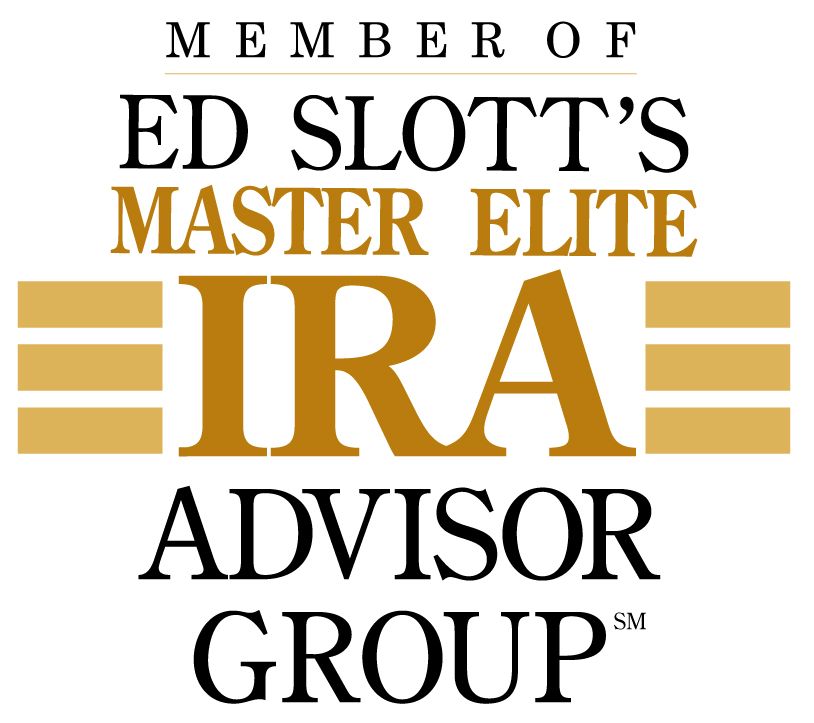
Reporting a Recharacterization
While the ability to recharacterize Roth conversions was eliminated years ago, Roth contributions can still be reversed. A Roth IRA contribution can be recharacterized to a traditional IRA, or vice versa. To recharacterize an IRA contribution, the IRA custodian will transfer the funds, along with the earnings or loss attributable (“net income attributable” or NIA), from the first IRA to the second IRA. The IRA custodian may be willing to calculate the NIA, or that responsibility could fall on the IRA owner.

NIA must be determined by a special IRS formula, which is the same formula used to determine NIA when removing an excess IRA contribution. IRS Publication 590-A includes a worksheet titled “Determining the Amount of Net Income Due to an IRA Contribution and Total Amount to Be Recharacterized.” The inputs needed for the worksheet include the amount of the contribution, the fair market value (FMV) of the IRA immediately prior to the contribution being made, and the FMV immediately before the recharacterization. (Note that NIA is not specific to the investment where the soon-to-be-recharacterized contribution was made, but it is rather based on the overall performance of the entire IRA.)
The deadline for recharacterization is October 15 of the year following the year for which the contribution was made. The recharacterized contribution is treated as if it had always been made to the intended IRA. While recharacterization is a tax-free transaction, both IRAs report the transactions to the account owner and the IRS. How so?
A recharacterized contribution will generate both a 1099-R and a Form 5498. The first IRA will report the recharacterized amount, plus NIA, as a distribution on Form 1099-R. The second IRA (the receiving IRA) will generate a Form 5498. On the 1099-R, both the recharacterized contribution amount and the NIA (i.e., the current FMV of the recharacterized amount) are reported in Box 1, Gross distribution, with “0” in Box 2a, Taxable amount. The distribution code will be either an “N” or “R.”
The Form 1099-R Instructions
“N – Recharacterized IRA contribution made for 2025. Use Code N for a recharacterization of an IRA contribution made for 2025 and recharacterized in 2025 to another type of IRA by a trustee-to-trustee transfer or with the same trustee.”
“R – Recharacterized IRA contribution made for 2024 or a previous year. Use Code R for a recharacterization of an IRA contribution made for 2024 and recharacterized in 2025 to another type of IRA by a trustee-to-trustee transfer or with the same trustee.”
Form 5498 will report the total amount being recharacterized in Box 4, Recharacterized contributions. Be sure that if you recharacterize an unwanted traditional IRA contribution to a Roth IRA, you are otherwise eligible to contribute to a Roth IRA (i.e., You are not over the Roth IRA contribution phase-out limits.).
By Andy Ives, CFP®, AIF®
IRA Analyst
Ed Slott and Company, LLC
Interested in reading more of our library of articles on topics like this and more? Click here to browse our selection of financial articles.
If you're interested in recharacterization for your financial plan, click here to schedule a complimentary 20-minute Q&A with a licensed financial advisor.
Christian Cordoba, founder of California Retirement Advisors, has been a member of Ed Slott's Master Elite IRA Advisor Group since 2007.
